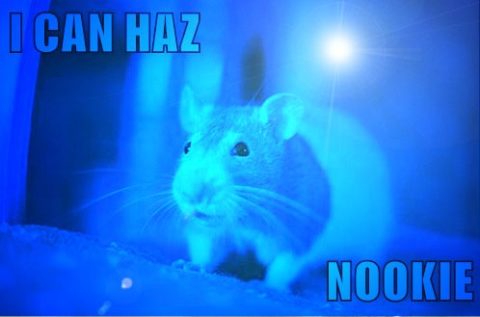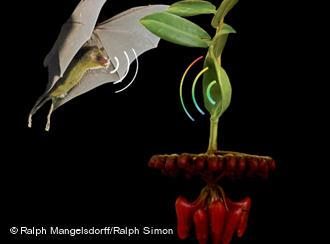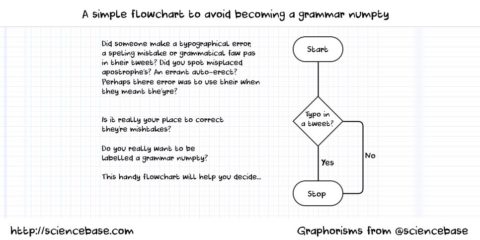I’m writing this on St Patrick’s Day, which is also apparently Happy Song Day, Sunday just gone was Mothering Sunday (or Mother’s Day if you want just the commercialized, non-religious version), it’s not long since it was St George’s Day, on which some English people celebrate a Palestinian mercenary from the fourth century who supposedly killed a mythical beast. Earlier in the month (first Thursday of March), the UK alone celebrated World Book Day to avoid a clash with the school Easter holidays (which come with Good Friday, Easter Day and Bank Holiday Monday, of course). The rest of the world will celebrate World Book Day with UNESCO on the 23rd of April.
International Women’s Day was the 8th March, although why women only get a single day of the annual 365 (and a bit) I don’t know. 14th March in the American calendar is Pi day, because it is 3.14 and this year it was even more special because the year is 2015, you can work it out for yourself. In the UK, where we usually write the day first and then the month (followed by the year, it’s more logical) we will have the longest wait for our pi day, which should occur on the 31st April (hat-tip to fellow science journalist Russ Swan for that witticism). American chemists also get “mole day”, which starts at 6:02am on the 23rd of October to give them an excuse to write something akin to Avogadro’s number 6.02 x 10^23. The American Chemical Society extends this concept to have Chemistry Week.
There are countless organizations and festivals touting for our attention, countless saints, religious periods, charity “flag” days, international advocacy day, Christmas Day, Pancake Tuesday, St Valentine’s Day. These days, Facebook reminds us endlessly to wish all our “friends” a Happy Birthday, of which there is inevitably at least one or two every day of the year and recently, 7 friends claimed to be celebrating their birthday. Personally, I fake my birthday on websites for the sake of security, so social media thinks I am well into my second century now and I noticed with interest that Apple allows its online registrants to set a birthday as far back as 1847, which is optimistic, unless the company knows something we don’t. The list of days is endless, seemingly not a day goes by without the day being a “day day”.
Here in Cambridge, we’re in the middle of the annual science festival. It used to be “science week”, but it was always a week earlier than the other science weeks around the country, now it last two weeks, just because, and overlaps with those others.
Whole years get in on the act too, of course, this year it’s both the International Year of Light and Light-based Technologies and the International Year of Soils. Last year was the International Year of Crystallography and the International Year of Family Farming and more, at least according to the United Nations. 2016 will be the year of camelids (you know, camels, llamas, alpacas?) as well as the year of pulses, not the arterial type, lentils and beans.
The 1990s was the decade of the brain, at least as designated by former US president George W Bush, An irony not lost on many a wit. Currently, we’re in the decade of the mind, which lasts until 2022.
Admittedly, ever since we first spotted the regularity of the periods of light and dark, the phases of the moons and the changing of the seasons, we have broken up our lives into temporal units. There is no escape. I never wear a watch, but I do have a clock in view at all times on my laptop or my phone, I stick to deadlines, of a Friday evening the Sun will usually wend its way over the yardarm. But, in the absence of an annual “Day of Materials” to celebrate our polymers, our composites, our porous minerals, our semiconductors, our biomimetics, our carbon allotropes and so much more, could have just one day of the year that isn’t a “day day”. We could call it International Day of Not Being a Day Day” and sell flags to raise money for charity and have bloggers write about it and posters on public transport. Oh. Hold on…




